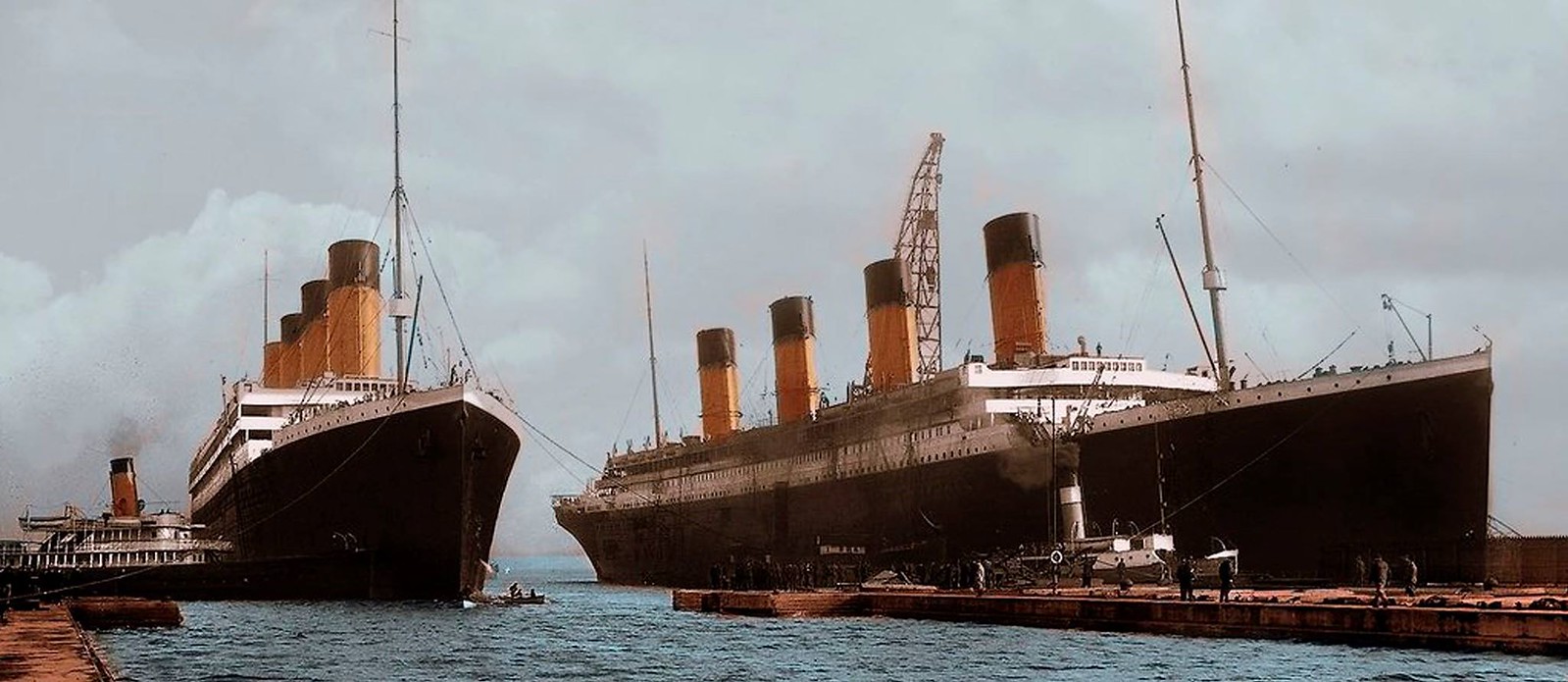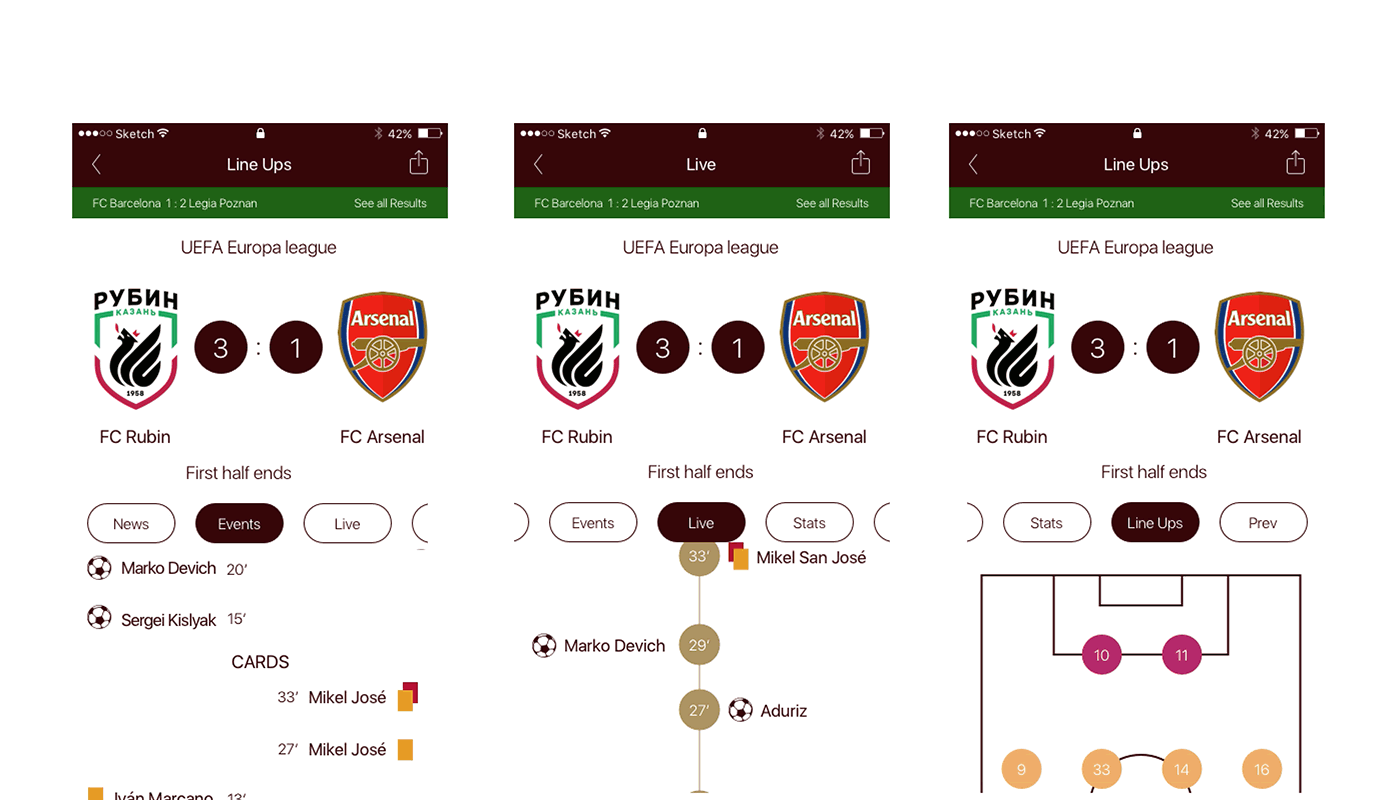Table Of Content

Again, this speaks to the fact that the Titanic was not actually a cruise ship. More specifically, the Titanic was designed to act as a transatlantic ocean liner, meaning it would efficiently and comfortably transport passengers from Europe to North America. As passengers waited to enter lifeboats, they were entertained by the Titanic’s musicians, who initially played in the first-class lounge before eventually moving to the ship’s deck.
Titanic 2 ship construction and technical details
Also just like today’s cruise ships, the Titanic offered connecting cabins for groups and families. But one thing the Titanic offered that today’s cruise ships do not, however? In fact, the Titanic’s designers looked to the Ritz Hotel in London as inspiration for their decor. The type of cruise vacation passengers can choose these days is unlimited.
Will Titanic II Actually Be Built?
Icon of the Seas vs. Titanic: 7 Ways They're Not the Same - Cruise Critic
Icon of the Seas vs. Titanic: 7 Ways They're Not the Same.
Posted: Tue, 13 Feb 2024 08:00:00 GMT [source]
Surprisingly, the ship had enough space to carry many more lifeboats, which would be stored on the top deck. However, the ship’s operator decided that the added lifeboats would give the vessel a cluttered appearance and removed the lifeboats to preserve the Titanic’s luxury aesthetic. Modern passenger ships have an average passenger capacity of around 3,000 passengers and 1,200 crew members.
Passenger capacity

After the sinking of the Titanic, the White Star Line, which operated the ship, merged with Cunard, which was (and still is) known for famous ships such as the Queen Mary 2. But while Cunard has no plans to revive the Titanic name, other projects around the world have attempted to do so. Still, those second-class passengers still had their linens changed daily, and there was a sink in each cabin, even if the restrooms were communal.
What Was Dining Like on the Titanic?
Even though they had up to two bedrooms, a parlor, and an all-important ensuite bathroom (for the very top tier), there were no balconies in any cabin. In comparison, Royal Caribbean’s Symphony of the Seas is equipped with 18 lifeboats that are able to fit 370-people each, or enough for 6,660 people. Depending on where a passenger’s stateroom was located on the ship, that luxury extended out into the halls, via cut-glass ceiling fixtures, gilt details and more. In total, the Titanic featured around 350 first-class staterooms, of which a small portion could be used as second-class staterooms if needed. As such, the Titanic’s cabins and common spaces were decked out with elegant European-style decor, with sweeping staircases (yes, including the one from the movie), ornate woodwork and luxurious furnishings. At 1.30 pm, to the sound of a whistle blast and bagpipes, the Titanic lifted her anchor and started her journey.
Although the Titanic’s number of lifeboats exceeded that required by the British Board of Trade, its 20 boats could carry only 1,178 people, far short of the total number of passengers. This problem was exacerbated by lifeboats being launched well below capacity, because crewmen worried that the davits would not be able to support the weight of a fully loaded boat. Following completion of the hull and main superstructure, the Titanic was launched on May 31, 1911.
Additionally, these ships are equipped with advanced firefighting tools, water-tight compartments that can seal off a breached hull, sophisticated alarms, and sprinkler systems—all designed to handle emergencies more effectively. In contrast, today’s cruise ships are designed with ultimate luxury and passenger entertainment in mind, resembling more a miniature city than a simple ship. These modern giants of the sea offer everything from Broadway-style shows and elaborate water parks to gourmet dining experiences, prioritizing passenger comfort over all else. You might be wondering how the Titanic, once deemed the “unsinkable” ship, compares to the giant floating resorts we know today as modern cruise ships. When the Titanic embarked on its tragic maiden voyage in 1912, it represented the height of luxury and cutting-edge technology for ocean liners. At the time, it was one of the largest and most opulent ships in the world.
What Is OceanGate?
Next, you can watch "Did Titanic Really Sink" - representing the conspiracy theory that the sisterships RMS Titanic and RMS Olympic were “switched” in an insurance fraud scheme. Exhibitions of different objects from the liner can be seen in museums such as Maritime Museum of the Atlantic in Halifax, Nova Scotia, National Maritime Museum in Greenwich and the SeaCity Museum in Southampton. Clive Palmer hosted gala events in NYC, London and Macau, offering VIP guests the 11-course dinner to be available at the new Titanic.
The disaster drew public attention, spurred major changes in maritime safety regulations, and inspired a lasting legacy in popular culture. Modern cruise ships are equipped with state-of-the-art navigation systems, multiple safety measures such as lifeboats for all passengers, and luxurious facilities that cater to every need and comfort of the modern traveler. The evolution from the Titanic to current cruise ships not only reflects a century of innovation but also the transition from ocean liners focused on transportation to cruise ships designed for luxury and safety. Despite its fame and the luxury it offered passengers, the Titanic wasn’t actually a cruise ship. Instead, it was an ocean liner, a type of ship designed for transporting people across the ocean from one point to another.
However, at 142,500 GRT, even Norwegian Viva is three times the size of the Titanic. But no one had it as bad as those in third-class; though, compared to other trans-Atlantic liners at the time, the situation could have been worse. The Titanic’s third-class passengers numbered about a thousand individuals.
Sources differ on how long they performed, some reporting that it was until shortly before the ship sank. Speculation also surrounded the last song they performed—likely either Autumn or Nearer My God to Thee. As attempts were made to contact nearby vessels, the lifeboats began to be launched, with orders of women and children first.
An alternative to the main dining room, it was smaller and served the most fashionable of French decor. For the longest time, cruise ship food didn’t receive a great reputation, but thanks to a few modern cruise lines’ efforts, that’s all changed. Today, you can find fine dining experiences from lines such as Norwegian and Royal Caribbean, with literally dozens of places to eat and drink. She was built in Belfast, Ireland, and sailed to Southampton in England for her maiden voyage. She stopped in Cherbourg in France and Queenstown in Ireland to pick up passengers, crew and supplies. Her final destination was to be New York, USA but she never completed the journey.
Fortunately for today’s cruise ship passengers, every stateroom has a full bathroom, air-conditioning, TVs, and even private balconies. Despite everything aboard cruise ships today, from waterslides and racetracks to multi-story theaters, the Titanic was actually the most comfortable and amenity-packed ocean liner when it debuted. Some of that glamour can be seen in the 1997 film “Titanic,” which dramatized the ship’s first and only journey. Décor included ornately carved woodwork, European furnishings, and gilded touches. In comparison, the modern cruise ship version of the Titanic — aka the world’s largest passenger vessel — is Royal Caribbean’s Icon of the Seas at the time of publication. It is 1,198 feet long and measures 250,800 GRT — a staggering five times the size of the Titanic by volume.
Work on the White Star Line’s state-of-the-art luxury steamship began in March 1909 in Belfast, Ireland, at the Harland and Wolff shipyards, the Titanic was designed by Alexander Carlisle. It took two years to complete the ship, the hull of which was the largest movable manufactured object in the world at the time. The full-size replica ship is located over 1200 km (745 ml) from the sea (approx 114 km / 70 ml from Chengdu).
Pieces of the submersible indicated it had imploded in a “catastrophic event," Coast Guard officials said. A spokesperson for OceanGate said the pilot and passengers “have sadly been lost." But cruise ships rarely ever travel at top speed for safety and fuel efficiency. The scope and scale of activities on modern cruise ships have expanded significantly since the Titanic’s maiden voyage.

No comments:
Post a Comment